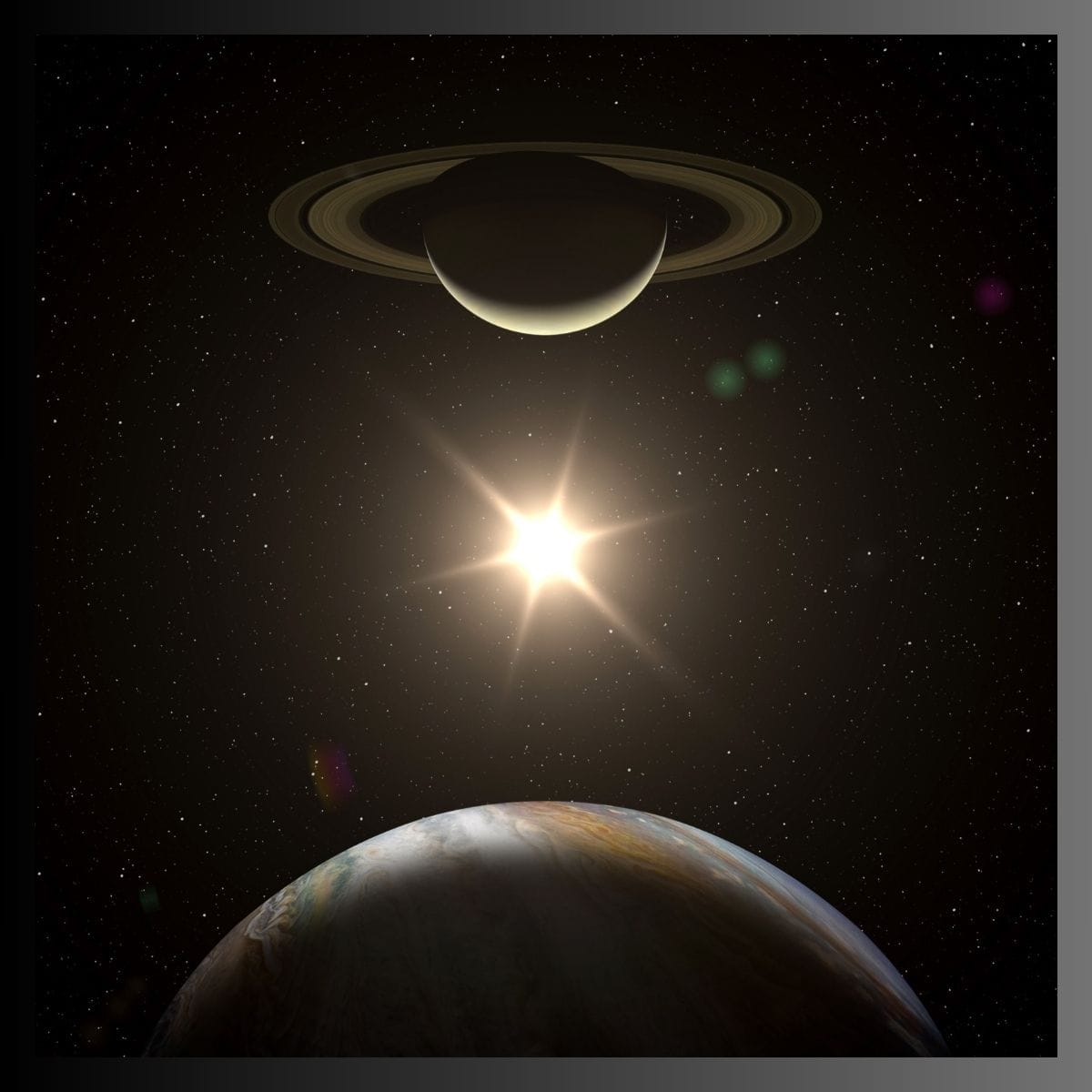Thunderously loud, dazzlingly bright, and of course, that grand finale that never seems to end—fireworks are a nearly universal symbol of celebration across the world. They explode when wars are won, during holidays, and even when Disneyland closes down for the night. Millions of people line up to see them, and millions of dollars are spent buying them.
Those consumers, however, should keep in mind that fireworks make celebrations better only when they’re handled safely—nothing kills a party faster than a trip to the emergency room for injuries involving exploding projectiles. Powerful and potentially very dangerous, fireworks are nothing to trifle with. Statistics show that thousands of Americans, many of whom are children, are injured each year by preventable accidents with fireworks. When they are done right, however, today’s best fireworks shows are truly marvelous displays of science, imagination, pageantry, and, of course, history—a very long history, at that. While fireworks in America are most closely associated with Independence Day, they trace their roots back to well before July 4, 1776. The story of fireworks starts thousands of years ago and involves dramatic changes in military conquest, spirituality, and good old-fashioned fun.
From a handful of bottle rockets whizzing up and popping over the neighbor’s yard to highly coordinated televised events that light up entire major cities, summer is fireworks season. Here’s a look at how it all started, how it evolved, the numbers behind the industry, and the realities of how high the stakes are when you decide to run your own pyrotechnics show. Keep reading for a peek into the 2,000-year journey of the greatest party novelty in the history of the world.
You may also like: Space discoveries that will blow your mind












